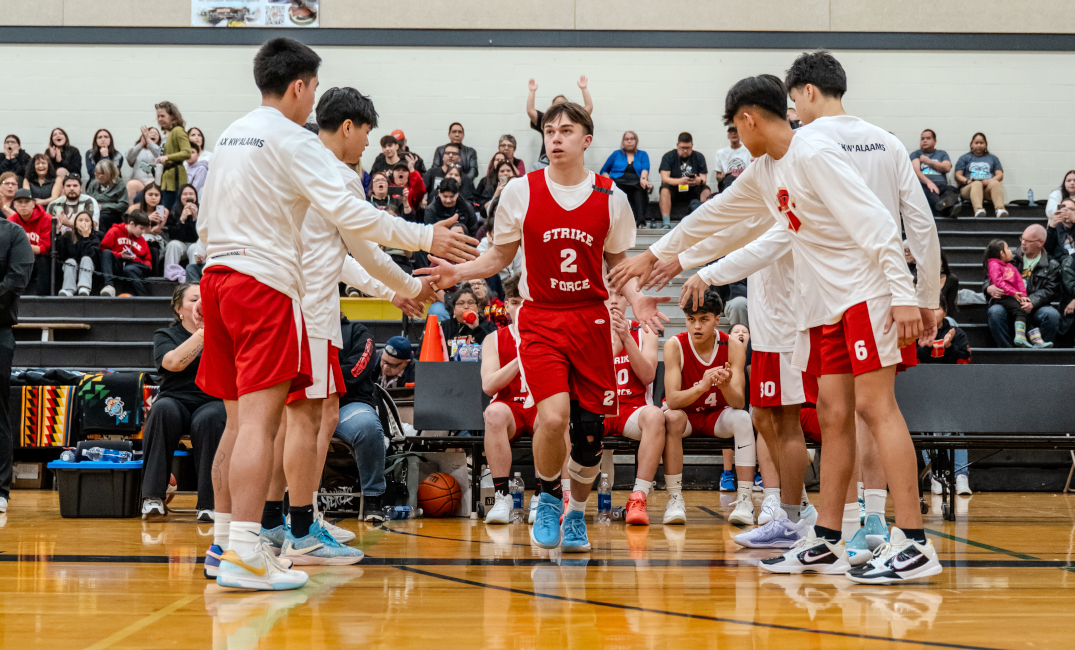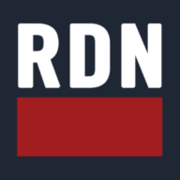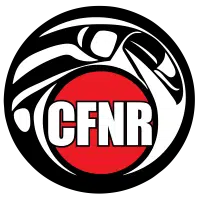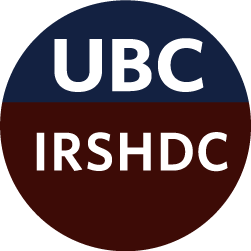Table of Contents
The best way to help The Langley Union grow is simple: share this newsletter. Forward it to a friend, mention it to your family, or post it on social media and encourage others to subscribe.
Langley Events Centre will host the 2026 BC Junior All Native Basketball Tournament March 15-20, 2026 — the largest Indigenous youth sports gathering in British Columbia and the first time the tournament returns to the Lower Mainland in eight years.
The Junior All Native Basketball Tournament isn't a basketball tournament that happens to involve Indigenous youth—it's an Indigenous cultural ceremony that happens to involve basketball.
When over 1,200 young athletes from more than 100 First Nations communities converge each March, they're participating in a living tradition of resistance, healing, and celebration that traces back to when their great-grandparents cleverly used sports to circumvent Canada's ban on Indigenous gatherings.
"For all of us, basketball really became sacred. It's entrenched in our culture," says Tyson Touchie, who has been part of the tournament since the 1980s as player, parent, and coach.
The Vancouver Bandits, Bandits Community Foundation, VanCity Nation Basketball, and Kwantlen First Nation announced this week they will host the 2026 tournament at Langley Events Centre and surrounding venues.
The 2026 tournament's return to the Lower Mainland after eight years marks a homecoming for the province's largest Indigenous youth gathering, bringing an estimated $4-6 million economic impact to Langley alongside something far more valuable: a space where Indigenous youth can see themselves reflected, celebrated, and empowered.
When gathering was illegal, they played basketball
To understand why basketball matters so profoundly in Indigenous communities, you must understand what it replaced—and what it preserved.
Between 1885 and 1951, the Canadian government criminalized potlatches and Indigenous ceremonies, making it illegal for First Nations people to gather in groups larger than three.
During this 66-year cultural prohibition, communities found a clever workaround: basketball tournaments were sanctioned sporting events that authorities couldn't touch.
"Our great-grandparents and grandparents were so smart," Touchie explains. "They knew that coming together and just relating to each other again was so important. Even though [government officials] banned the potlatch and our traditional ceremonies, they couldn't touch basketball. That filled that gap for the time being, because we're all still here."
The first Indigenous basketball tournament in BC emerged in 1947 in Prince Rupert. Remarkably, this was four years before the potlatch ban was even lifted. Seven teams played before 400 fans in what would become a cultural institution spanning eight decades.
The residential school system, which operated from the late 1800s until 1996, further embedded basketball into Indigenous culture in devastating and complex ways.
As journalist Wawmeesh Hamilton explains: "The first predecessors of the Junior All Native was when one residential school played against the other. And then these guys would go home after they left the school, and they would keep playing. Before you know it, reserves are playing against each other."
For generations of Indigenous youth forcibly separated from their traditional cultures, "We had basketball more than we had our culture. It was more readily available," Touchie notes.
Basketball wasn't just a sport. It was cultural survival.
What happens when ceremony meets competition
Walk into a tournament opening ceremony and you'll witness something that rivals the games themselves in significance.
Over 100 drummers, dancers, and singers take the court while hereditary chiefs, matriarchs, and esteemed elders circle the floor in front-row seats, wearing button blankets stitched with wolf and bear symbols representing their clans.
Youth enter dancing in traditional styles, representing their respective nations with signs and regalia. One journalist described the scene perfectly: "They dance in the traditional style that was meant to be shamed and legislated out of existence decades ago, to songs that weren't supposed to survive. And then they play." (https://thewalrus.ca/how-basketball-became-part-of-first-nations-culture/)
An organizer captures the tournament's dual nature with a phrase that could be the event's unofficial motto: "We get to share our culture, they get to share their culture, have some war on the floor, potlatch at night, war on the floor again, potlatch, again."
This is the modern recreation of traditional winter gathering patterns: fierce competition during games balanced with community celebration and cultural sharing in the evenings.
UBC anthropology professor Charles Menzies notes the tournaments remind him of "the earlier winter gatherings that used to happen up and down the coast in terms of both the potlatch feast cycles."
The atmosphere is electric.
Fans bang drums in thunderous rhythm when their team scores.
Gymnasiums pack with seas of supporters in team colors.
The cheering, Touchie says, "might as well be to a beat of a drum, because it sounds like that."
In the words of broadcaster Kiefer Collison, from Canada's First Nations Radio, "The Junior All Native Tournament has to be one of the largest Indigenous gatherings, not only in the country, but in the world."
This tournament saves lives...literally
When Kaitlyn McMahon-White says "my participation at JANT saved my life," she's not speaking metaphorically.
Growing up in and out of care as a child from Snuneymuxw First Nation, McMahon-White found in basketball something to strive for when she had nothing else.
"Being around so many other youth who were very passionate about the same thing, it allowed me to keep going forward. And I think if I didn't have that opportunity, I wouldn't be standing here today with you."
Now in her early 20s, she volunteers at the tournament to help ensure the next generation of players has the same life-saving experience.
Tara Montgomery, tournament director and Syilx Nation member, articulates what drives organizers: "Basketball has been a huge part of First Nations culture in B.C. and I think as First Nations people we realize that, but a lot of other people don't really realize the impact that basketball has on our communities, especially our youth. We see the impact that this tournament has on our youth and on our children. For me, it's for the kids."
Kate Good, Snuneymuxw band council member, adds: "It's profiling not only our children and the sport of basketball, but also health and wellness. It's really big for our youth in the struggling times that we're in right now, it gives (them) an outlet."
The tournament creates a safe space that Indigenous youth don't always find elsewhere.
Former player Anita Charleson-Touchie explains: "All-native sporting events like the Junior All Native Tournament provide Indigenous youth with opportunities to connect to their Aboriginal culture and values, make lifelong friends and play in a safe space. In my own experience, I didn't always feel safe because of the racism."
At the tournament, Indigenous youth can be themselves without fear, surrounded by thousands who share their experiences and cel
When 10,000+ travelers and 100+ communities converge
The scale of the Junior All Native Tournament has grown to truly remarkable proportions.
The 2025 tournament broke provincial records with 113 teams from over 100 First Nations communities. It was described as "the largest youth tournament ever held in the region."
The tournament featured 278 games played across seven gymnasiums over six days, with every referee in the host region required just to staff the event.
With more than 1,200 youth athletes, each accompanied by parents, coaches, aunties, uncles, grandparents, and cousins, the total gathering typically reaches 4,000 to 6,000 people descending on a host community for a week.
The economic impact is substantial.
Based on data from the adult All Native Basketball Tournament in Prince Rupert, which generates an estimated $4-5 million annually, the Junior All Native Tournament brings similar economic benefits.
Prince Rupert's mayor calculated: "4,000 people who come to town for it, and in the course of a week between hotels, meals and other purchases, spending, say, $1,000 a head, you're up to $4 million."
Hotels report complete sellouts, with the Crest Hotel noting 90% of guests are tournament-related and rooms booking up immediately for the following year. Restaurants that normally don't require reservations suddenly need them. Grocery stores have lineups.
For communities like Prince Rupert, where February is typically a slow season, the tournament provides crucial winter revenue.
But the social impact dwarfs the economic.
Mike Davis, tournament committee manager from Nisga'a Nation, explains: "It's not just a basketball tournament. It's an opportunity for First Nations youth making connections with other First Nations communities. We hear stories of people having life-long friends with people they competed with in the tournament."
When 100+ Indigenous nations gather, relationships form that strengthen the broader Indigenous community across BC. As broadcaster Collison puts it: "It's a battle and it's more than just basketball. It's culture sharing, it's tradition and it's camaraderie."
The tournament also creates significant community investment.
Tseshaht First Nation sent five teams to the 2025 tournament, requiring fundraising of $15,000-$20,000 per team — $75,000-$100,000 total.
Communities make these investments because they understand what's at stake. Coach Ed Ross notes: "My nation stepped up this year, but it's been a long time coming. The teams are getting stronger and they are getting younger."
Why the Lower Mainland return after eight years matters
The Junior All Native Tournament last came to the Lower Mainland in 2018 when Vancouver hosted 83 teams and an estimated 5,000-6,000 attendees.
At the time, it was billed as "the largest basketball tournament Vancouver has ever seen."
The tournament rotates annually between three regions: Northern BC, Coastal BC, and Interior BC, with host communities voted on by participating nations.
The eight-year absence from the Lower Mainland represents an entire generation of players who have never experienced the tournament in their home region.
Athletes who competed as 11-13 year-olds in 2018 are now 19-21 and aged out.
Current U17 players were 9-11 years old during the last Lower Mainland tournament. Current U13 players weren't even playing competitive basketball yet. For Lower Mainland Indigenous youth—living in BC's most populous region with its large urban Indigenous population—this represents a significant gap in cultural connection.
The return to Langley for 2026 is particularly significant for several reasons. The Lower Mainland's population density means easier access for more families without extensive travel costs, allowing more Indigenous youth to participate.
Langley Events Centre is one of BC's premier multi-sport facilities—a sprawling complex that serves as home to the WHL's Vancouver Giants and the CEBL's Vancouver Bandits.
The venue's 5,276-capacity arena bowl and 2,200-capacity triple gymnasium, combined with nearby secondary and middle school facilities, provide infrastructure that few BC communities can match.
The proximity to multiple international airports (Vancouver and Abbotsford), abundant hotel capacity, and larger media market all contribute to making this iteration of the tournament potentially the largest and most visible yet.
The partnership bringing the tournament to Langley
Four organizations are collaborating to present the 2026 Junior All Native Tournament, each bringing distinct and essential expertise.
Understanding this partnership reveals how reconciliation can work in practical, meaningful ways through sport.
Vancouver Bandits and Bandits Community Foundation provide professional basketball infrastructure and event management capacity.
As a Canadian Elite Basketball League team based at Langley Events Centre, the Bandits bring venue expertise, marketing capabilities, and operational excellence. But their involvement runs much deeper.
Since 2022, the Bandits have operated the Indigenous Basketball Collective in partnership with Indigenous Sport, Physical Activity & Recreation Council (I·SPARC), running free youth basketball camps for Indigenous youth across BC, building and refurbishing outdoor courts in Indigenous communities (including Snuneymuxw, Soowahlie, and Shxwhá:y Village), and hosting coaching clinics.
The Bandits unveiled Indigenous uniforms designed by Kwantlen First Nation artist Jeff Dickson, featuring Coast Salish artistry worn throughout CEBL seasons (https://www.thebandits.ca/indigenous-basketball-collective). Team president Dylan Kular sits on I·SPARC's provincial basketball committee, demonstrating sustained institutional commitment beyond a single event.
VanCity Nation Basketball represents urban Indigenous basketball culture in Metro Vancouver. While not a single standalone organization, "VanCity" encompasses urban Indigenous teams like the Vancity Sons (defending champions) who provide opportunities for Indigenous youth disconnected from home communities.
As one organizer explained years ago: "As an urban club team, it gave us an opportunity to give this platform for the youth... there's a lot of strays, a lot of underprivileged and unlucky kids who will never experience the All Native because they don't have communities going to the All Native."
VanCity Nation's involvement ensures the tournament serves both reserve-based and urban Indigenous youth—recognizing that Indigenous identity and community exist in cities as much as on traditional territories.
Kwantlen First Nation provides the territorial authority and cultural protocols essential for authenticity.
Meaning "Tireless Runner" in the Halkomelem language, the Kwantlen are Coast Salish people whose traditional territory extends across the Lower Mainland from Richmond to Mission.
With approximately 375 members, the Nation has been led by Hereditary Chief Marilyn Gabriel since 1993. Their partnership isn't merely ceremonial—artist Jeff Dickson designed the Indigenous Basketball Collective logo and Bandits uniforms, creating the visual identity that connects the tournament to Coast Salish culture.
Hosting the tournament on Kwantlen traditional lands with Kwantlen leadership ensures Indigenous protocols guide the event.
This partnership structure demonstrates why these particular organizations matter. The Bandits bring professional capacity without centering themselves—they follow Indigenous leadership. VanCity Nation ensures urban Indigenous youth have equal place alongside youth from remote communities. Kwantlen First Nation grounds everything in traditional territory and Coast Salish protocols.
Together, they create a model where Indigenous communities lead a major sporting event with professional support, not the reverse.
As their joint statement boldly declares: "This event is more than just a competition—it's a celebration of culture, community and upholding our youth."
Langley's opportunity to witness something sacred
When the Junior All Native Tournament comes to Langley March 15-20, 2026, the broader community will witness something most Canadians never see: Indigenous culture not as museum exhibit but as living, thriving, joyous reality.
More than 100 First Nations communities gathering for a week of competition and celebration will bring unprecedented Indigenous presence to the Fraser Valley.
For many non-Indigenous Langley residents, this may be their first exposure to the depth, complexity, and contemporary vitality of Indigenous cultures.
Chief Mike Wyse of Snuneymuxw First Nation captures what the tournament represents when he addressed players at opening ceremonies: "The court has the power to bring us together from all walks of life. We are making history this year as we welcome teams and young basketball players. To the athletes, your training and personal will to compete is a tremendous accomplishment. You are carrying the teachings and hope of our Ancestors."
He reminds everyone: "We are all family walking together as one."
The tournament connects to broader reconciliation efforts. School superintendent Scott Saywell notes: "I think it's just one more way to sort of lift up Indigenous culture through sport."
He points to the Truth and Reconciliation Commission's 2015 report, which identified sport and recreation as tools for social development to improve health and well-being of individuals and communities.
Five of the 94 Calls to Action specifically address sport and reconciliation.
For Langley specifically, hosting the tournament represents both economic opportunity and community building. The estimated $4-6 million economic impact during spring break will benefit hotels, restaurants, and retailers across the Township and City.
But the longer-term benefits may prove even more valuable: establishing Langley as a welcoming host for Indigenous events, strengthening relationships between Kwantlen First Nation and broader Langley community, and demonstrating how professional sports infrastructure can serve Indigenous youth development.
Conclusion: The ceremony continues
When you understand that basketball became "sacred" to Indigenous communities because it allowed gathering when gathering was criminalized, that it filled the cultural gap left by residential schools, and that it now serves as modern potlatch bringing together nations in celebration and competition—you understand why the Junior All Native Tournament matters so profoundly.
This isn't a basketball tournament with cultural elements added; it's a cultural ceremony where basketball happens to be the medium.
The tournament's growth to over 113 teams and 1,200 athletes represents more than organizational success. It represents Indigenous communities thriving, prioritizing youth development, and investing in cultural continuity despite historical trauma.
The life-saving impact described by participants like McMahon-White proves that the tournament provides something essential that exists nowhere else for many Indigenous youth.
The 2026 return to the Lower Mainland after eight years brings this ceremony home to BC's most populous region, where urban Indigenous youth will finally experience the tournament in their own territory.
The partnership between professional sports (Bandits), urban Indigenous basketball (VanCity Nation), and local First Nation (Kwantlen) creates a model for how reconciliation works in practice—not through symbolic gestures but through sustained relationship-building, shared leadership, and genuine cultural respect.
For those who attend—whether as participants or spectators—the 2026 Junior All Native Tournament offers something increasingly rare: an opportunity to witness joy, pride, and cultural celebration on Indigenous terms, in Indigenous spaces, led by Indigenous communities.
As Touchie observed about that unmistakable sound in gymnasiums that "might as well be to a beat of a drum"—the tournament has become so thoroughly embedded in First Nations culture that it's indistinguishable from tradition itself.
The ancestors who cleverly used basketball to circumvent colonial prohibitions on gathering would surely recognize what their great-grandchildren have built: a ceremony of resistance, healing, and celebration that will continue for generations to come.
References and Resources

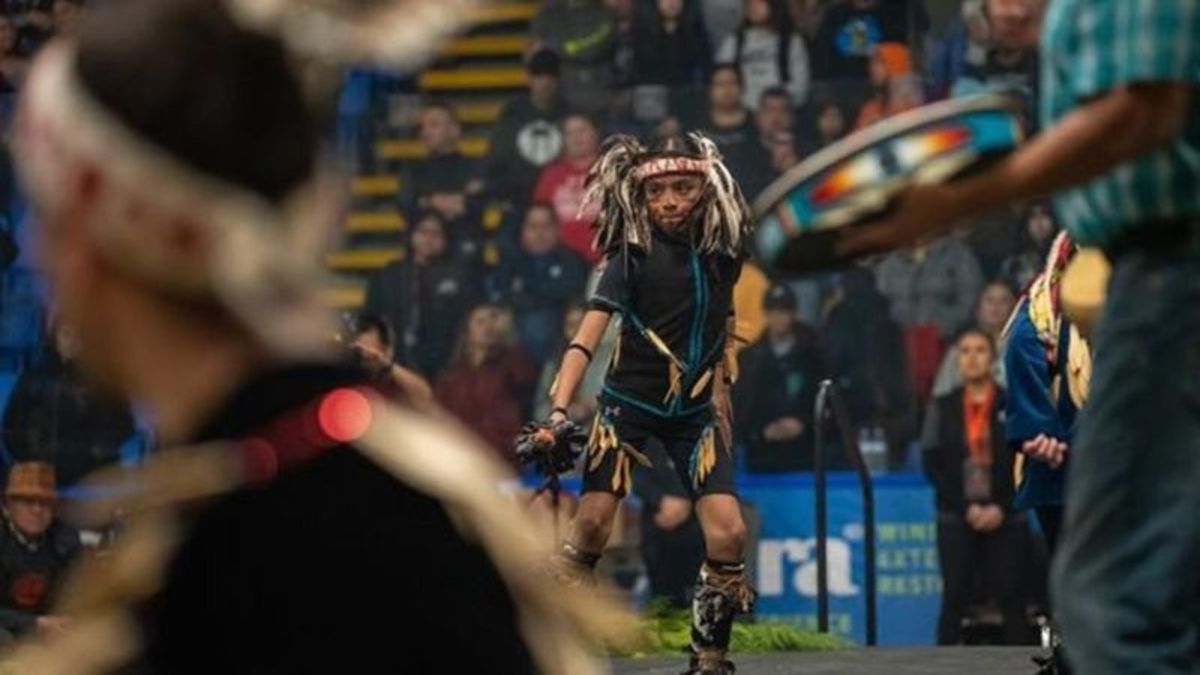
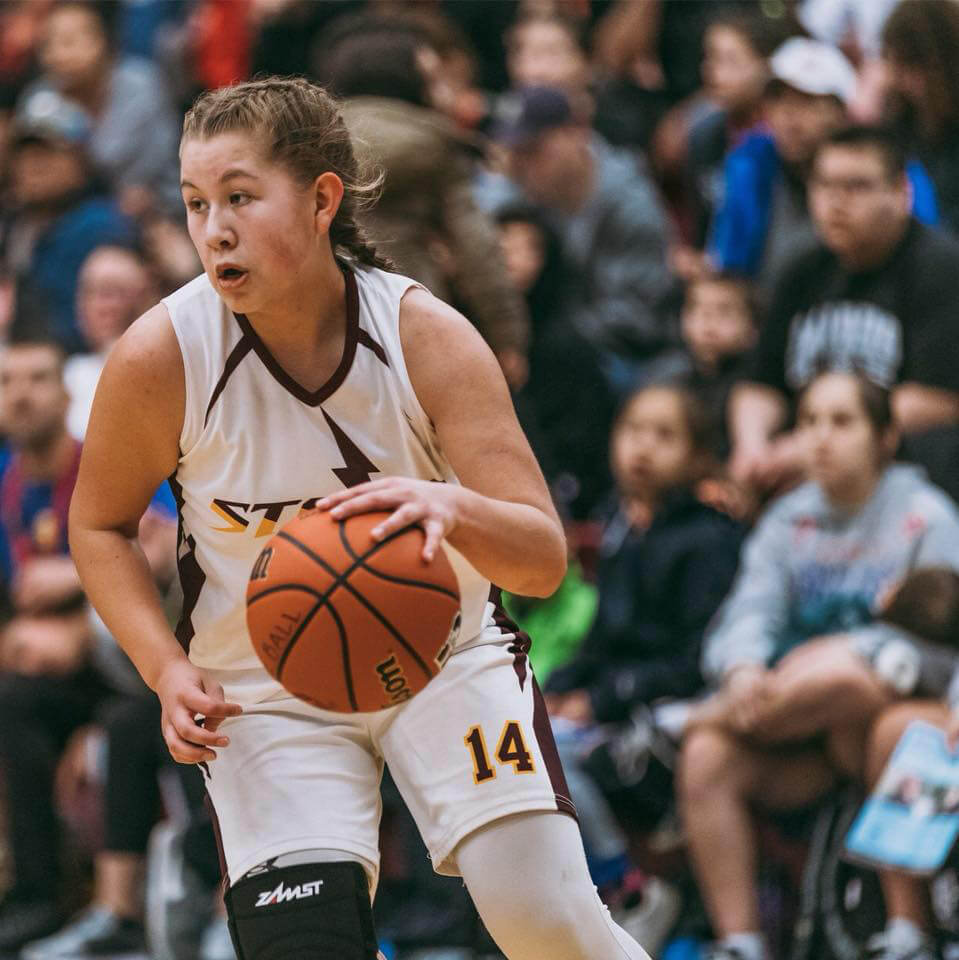





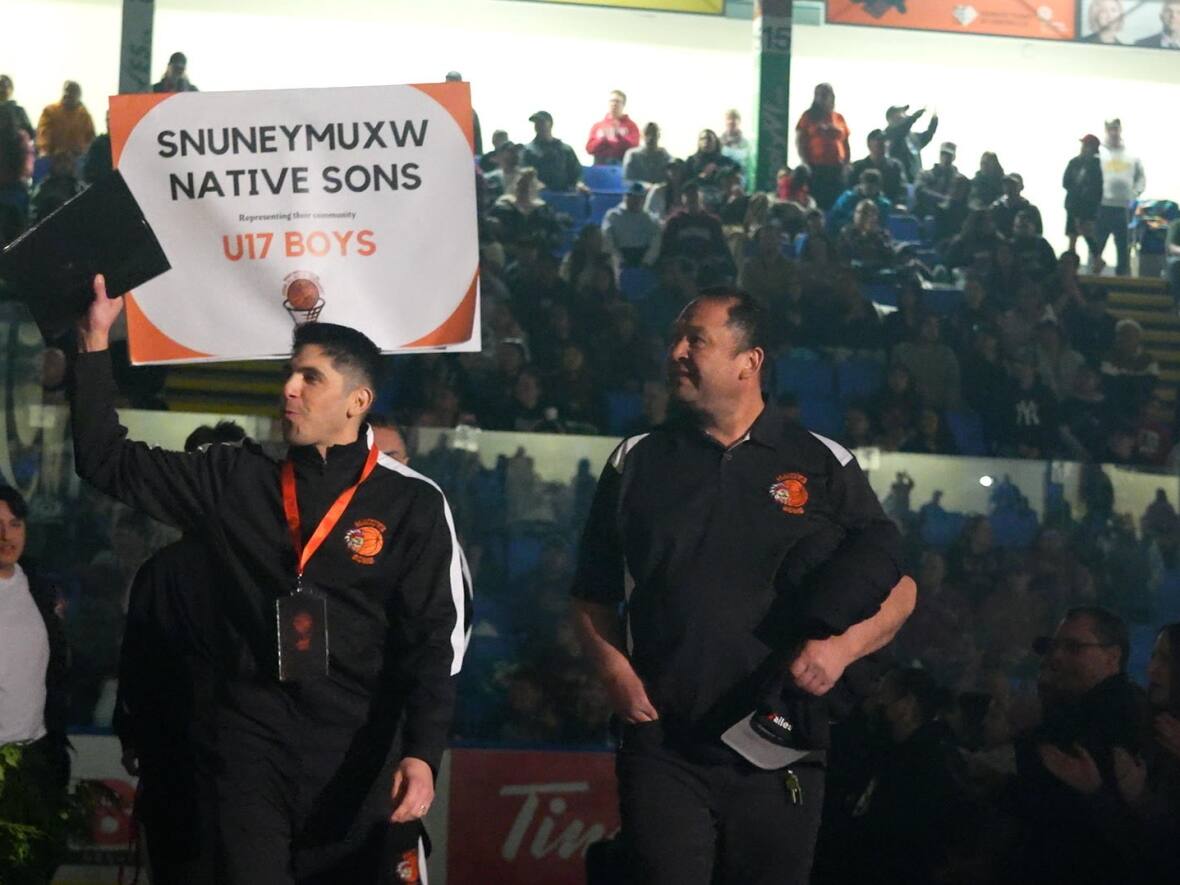
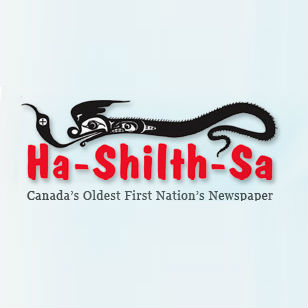


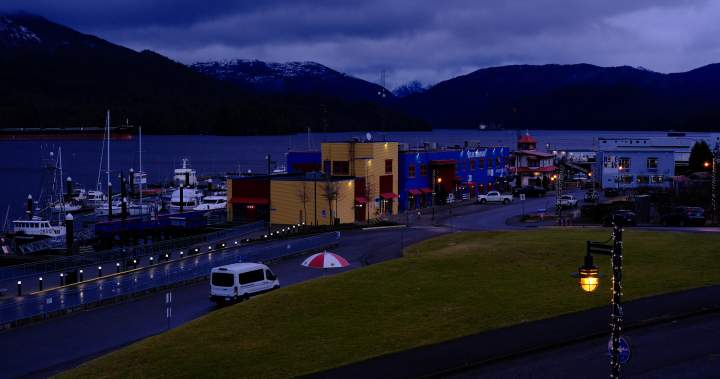
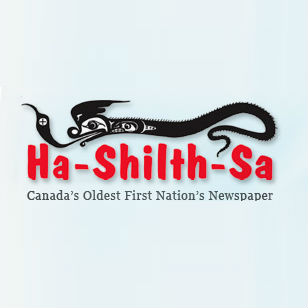
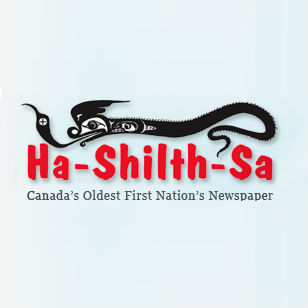
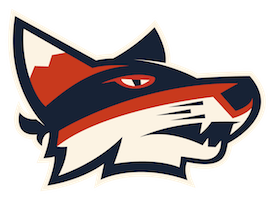
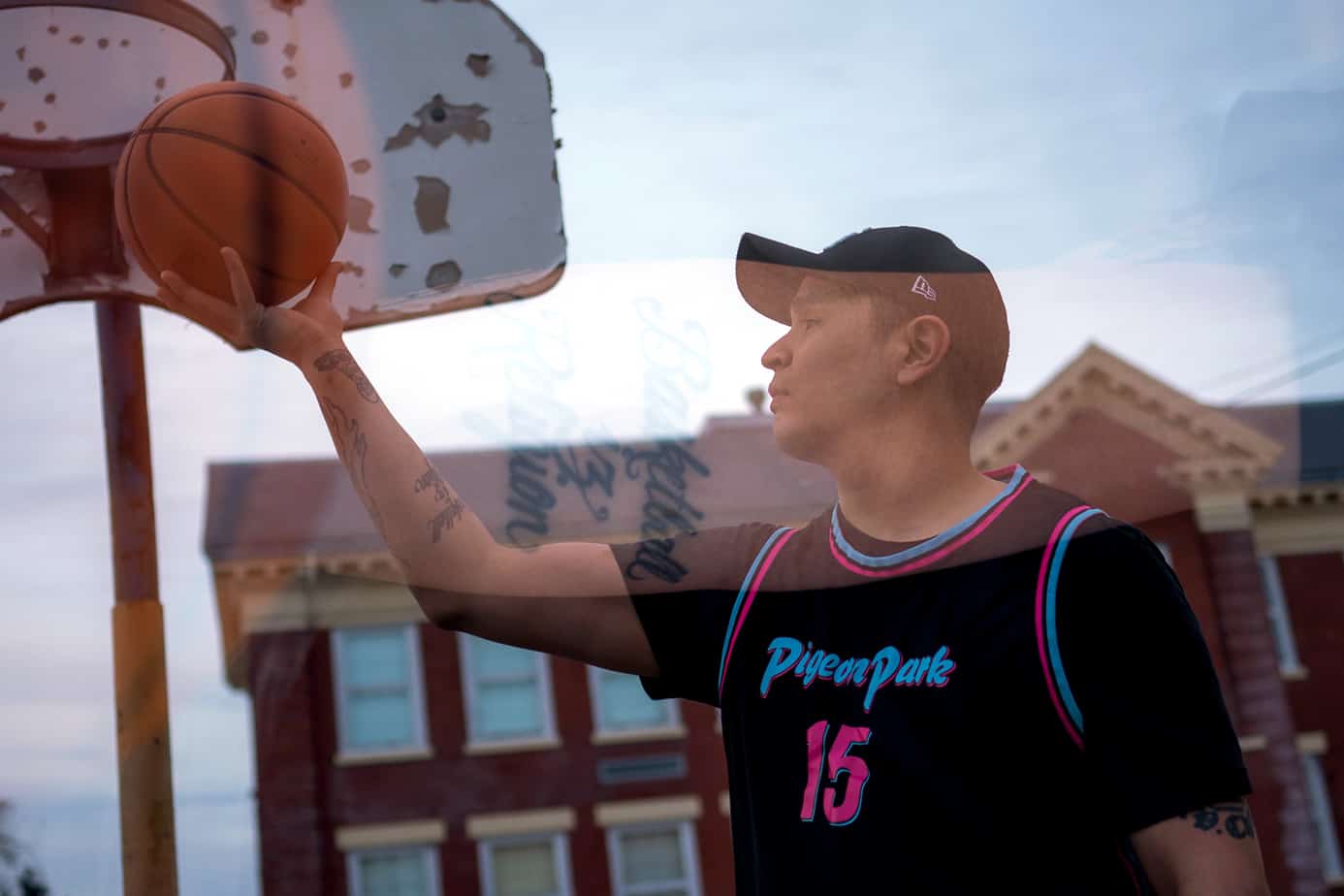

What did you think of this story?
Take our quick 2-minute survey to let us know how we're doing and what topics you'd like to see The Langley Union cover next.

